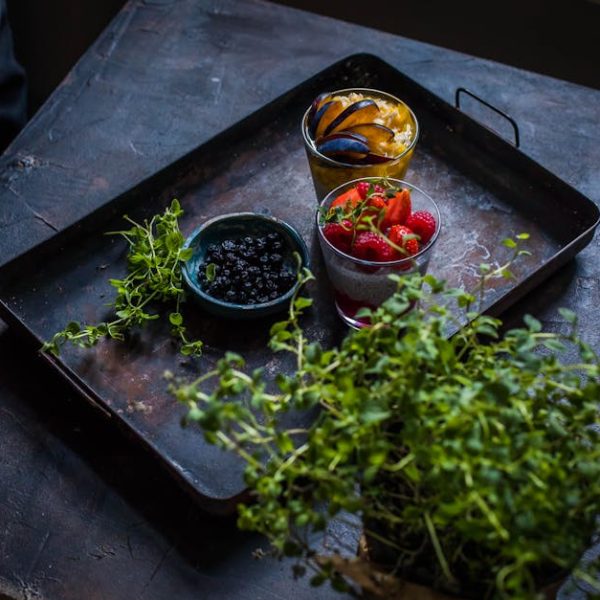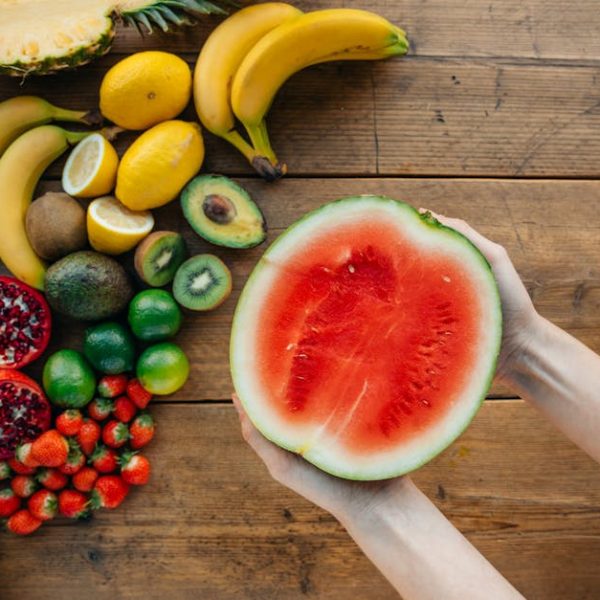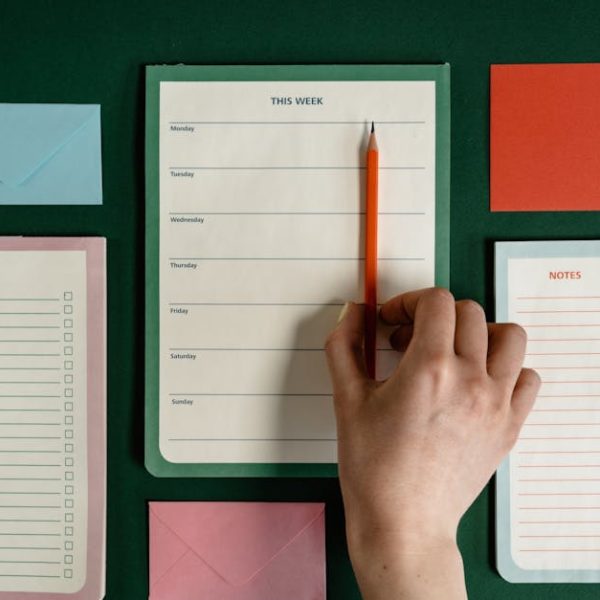Preserving strawberries can be a joyful and rewarding activity, transforming a modest basket of fresh, plump berries into a delectable treat that can be savored long after their peak season. By committing a bit of time to the process, you can ensure your home-stored strawberries are bursting with flavor and ready to be a key ingredient in your winter pies, summer smoothies, and daily breakfast cereals. What’s more, you can bypass the store-bought versions, which often contain added sugars and preservatives.
Selecting the Right Strawberries for Preservation
When it comes to successful preservation, the foundation lies in selecting the freshest, ripest, and damage-free strawberries. Just as with any fruit or veggie, getting the best flavor starts with a quality source. When picking strawberries, factors such as color, size, aroma, and firmness are crucial indicators of their health and ripeness.
Identifying the perfect strawberry for preservation generally involves a quick checklist:
* Seek a vibrant, shiny red hue that reaches the very tip of the berry.
* Give it a sniff—the berry should emit a strong, sweet strawberry scent.
* Check for uniformity in size, indicating that the berry has matured correctly.
* Lastly, make sure your selection is free from bruises, blemishes, rot, or insect damage.
⚡Pro Tip: Use your strawberries as soon as possible after buying or picking to lock in their natural goodness. The quality of fresh strawberries declines considerably three to five days after harvest.
Cleaning and Preparing Your Strawberries
Proper cleaning removes potential contaminants and readies your strawberries for preservation. The process includes rinsing under cold running water, patting dry with a clean, absorbent towel, and removing the hulls. You may prefer to cut strawberries into halves or quarters depending on your preservation method and future use.
Here’s a simple step-by-step guide for cleaning and preparing strawberries:
* Rinely your strawberries under cold water. The gentle stream will ensure dirt, any tiny critters, or pesticide residues are washed off.
* Pat the berries dry with a clean towel. Make sure not to rub or squish them to keep their shape intact.
* Next, remove the hulls using a paring knife. There’s an abundance of ways to perform this so find one that suits you best!
⚡Pro Tip: Avoid soaking your strawberries in a bowl full of water. Saturated strawberries may lose their flavor, color, and water-soluble nutrients.
Choosing a Method of Preservation
Beyond cultivation and cleaning, choosing the right preservation method is key to maintaining the vibrant flavor, color, and texture of your strawberries. Common methods for strawberry preservation include freezing, making jam or preserves, and drying. Each method comes with its unique application and storage benefits.
Here’s a quick comparison of these primary methods:
| Methods | Pros | Cons |
|---|---|---|
| Freezing | Retains color and flavor | Texture changes; freezer space |
| Making jam/preserves | Extends shelf life; versatile uses | Requires sugar and canning supplies |
| Drying | Convenient for storage and transport; long shelf-life | Potential loss of taste and texture change |
Determining the most suitable preservation method largely depends on your personal preferences and intended usage of the strawberries.
Correctly Storing Preserved Strawberries
Proper storage of preserved strawberries is crucial to maximize their flavor and shelf-life. Depending on your chosen preservation method, you may want to store your strawberries in a freezer-proof container, glass jar, or vacuum-sealed bag. Remember to label and date each package—that way, you’ll always know exactly what’s in your pantry or freezer.
Here are a few storage tips for preserved strawberries:
* Always store your berries in a cool, dark place.
* Ensure your storage containers are airtight to prevent moisture loss or absorption, and to protect from freezer burn in case of frozen berries.
* Rotate your stored items so that you’re always using the oldest batch first.
⚡Pro Tip: Always remember the FIFO (First In, First Out) rule when storing food to ensure you’re using up the oldest items first.
Using Preserved Strawberries
Preserved strawberries can be used in various forms such as baking ingredients, sauces, drinks, and desserts. Frozen strawberries are frequently used in smoothies, while dried strawberries can be thrown into granola, salads, or your favorite baked goods. Jam or preserved strawberries make for delightful spreads, toppings, or fillings.
Here’s a list of recipe ideas to get your creative juices flowing:
* Strawberry smoothies or frozen strawberry lemonade with frozen berries
* Homemade granola bars or cereal with dried strawberries
* Pancakes, waffles, or crepes topped with strawberry jam
Don’t be afraid to experiment and discover new exciting ways to incorporate preserved strawberries in your meals!
⚡Pro Tip: Thaw frozen strawberries in the refrigerator overnight to maintain their texture and flavor. Avoid defrosting at room temperature as it can cause the berries to become mushy.
Common Mistakes to Avoid While Preserving Strawberries
Preservation, like any other culinary skill, has some common pitfalls that beginners may stumble upon. However, these can easily be avoided with a little know-how and attention to detail.
Here are some common preservation faux pas and advice to dodge them:
* Not cleaning the strawberries thoroughly: Remember, clean fruit gives the best results. Always rinse your strawberries under running water and gently pat them dry.
* Overpacking the containers: This can lead to bruising and poor preservation results. Give your strawberries some room to breathe.
* Not sealing the jars properly: An improper seal can spoil your effort and the fruit. Ensure your jars are sealed properly to maintain freshness and prevent contamination.
⚡Pro Tip: Follow precise measurements and timing in preservation recipes. An extra minute of boiling or an ounce less sugar can make or break your preserves.
Safety Precautions for Strawberries Preservation
While preserving strawberries is a relatively straightforward process, it’s essential to keep food safety top of mind. This ranges from ensuring cleanliness during preparation to proper storage techniques.
Here’s a checklist of safety precautions for preserving strawberries:
* Always wash your hands, utensils, and work surfaces before you start.
* Use only fresh, ripe strawberries to avoid potential bacterial growth.
* Always store your preserved strawberries at the correct temperature. Eg: freezing should be at or below 0°C, and canning requires sufficient heat treatment.
⚡Pro Tip: Be alert for signs of spoilage or contamination in preserved strawberries — such as mold, bulging can lids, or off-odors. If you’re in doubt, it’s best to err on the side of caution and discard the item.
There you have it – your comprehensive guide to perfect strawberry preservation. With these tips and techniques at your fingertips, delicious, beautifully preserved strawberries are within reach all year round! Happy preserving!
Key Takeaway:
- Picking fresh, ripe, and unblemished strawberries is the first critical step of successful preservation.
- Proper cleaning, hull removal, and potential cutting prepare strawberries for preservation.
- The choice of preservation method, between freezing, making jam, or drying, is significant and dependent on individual preferences and intended use.
- Correct storage of preserved strawberries is crucial to maximizing flavor and shelf-life.
- Different methods of using preserved strawberries, such as in baking, sauces, and drinks, are available based on the form of preservation.
- Multiple common mistakes can be avoided during strawberry preservation, including inadequate cleaning, overpacking containers, and not sealing jars properly.
- Ensuring cleanliness during preparation to proper storage are essential safety precautions in the preservation process.
Once you’ve mastered the art of strawberry preservation, you won’t just enjoy their delicious flavor all year round but also significantly reduce food waste at home. Be patient, follow the right steps, and soon, you’ll have jars of home-preserved strawberries ready to turn a simple breakfast into a gourmet treat.
FAQs
Q: Can I mix different berry types in my preserves?
A: Absolutely! Feel free to mix strawberries with other berries like raspberries and blueberries for interesting flavor combinations.
Q: Is it a must to use sugar in making strawberry jam?
A: Sugar acts as a preservative and adds to the taste, but if you prefer less sweetness, consider using a low-sugar pectin.
Q: Can frozen strawberries be refrozen after defrosting?
A: For best quality and food safety, it’s not recommended to refreeze strawberries that have already been defrosted.
Q: What the should temperature be when drying strawberries?
A: For oven drying, the temperature should not exceed 140°F (60°C). A dehydrator often has pre-set options.
Q: How long can preserved strawberries last?
A: If stored correctly, frozen strawberries can last up to 12 months, while jams and jellies can last up to 2 years unopened.
Enjoying the article? Be sure to share it with friends and family. Explore more of our posts to aid your home cooking and preservation adventures!





